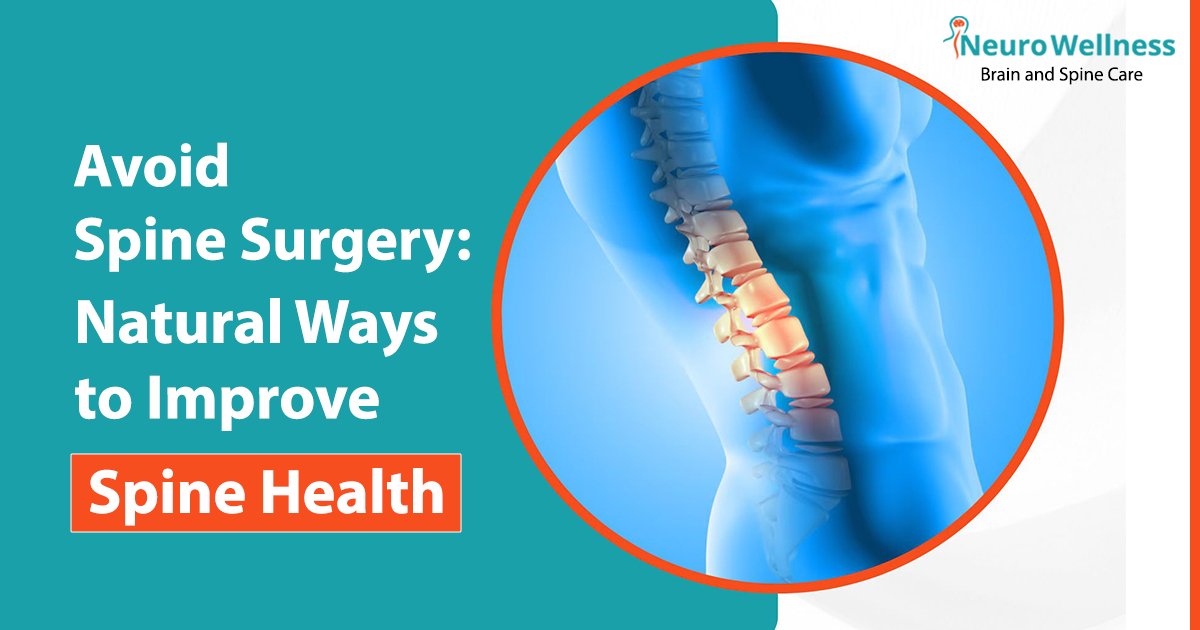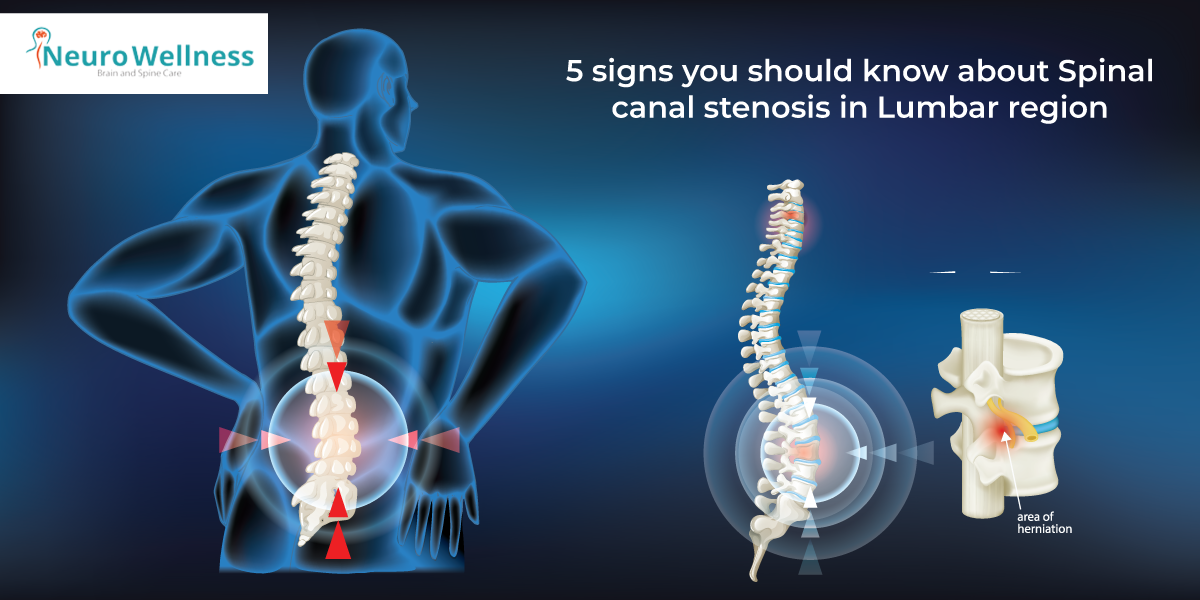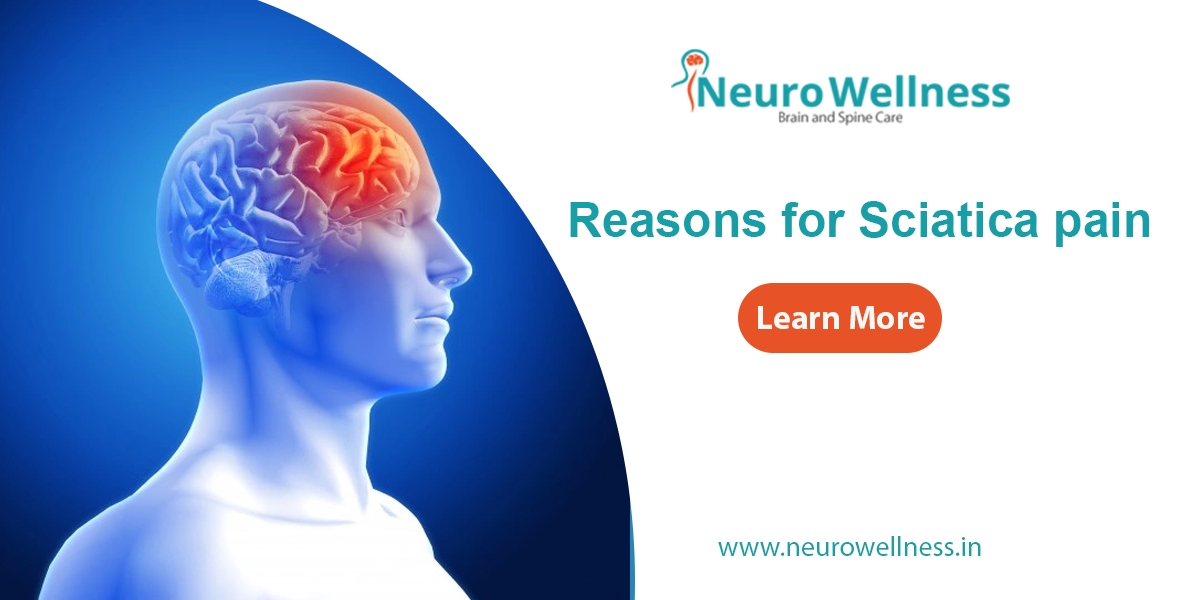Back pain is an increasingly common health concern in today’s busy, fast-paced world. It affects nearly 88 million Indians—a number that doctors consider an “undercount” due to insufficient data. If you’re reading this, chances are you or someone you know suffers from back pain.
While identifying the root cause of back pain may involve some trial and error, poor spine health is often the main culprit. As thebest spine hospital in Bangalore, we constantly talk about the need to improve spine health.
Keeping the spine healthy and in good shape is not a difficult task – as you’ll see from the tips we’re about to discuss.
Why Do We Experience Back Pain?
The human spine represents an elegant system that serves as a foundation supporting the entire body. Designed in a gentle S-shaped curve, it balances the pelvis, lower back, neck, and chest while keeping the legs, head, and trunk aligned. It acts as a protective mechanism for some internal organs and provides the human body with the necessary support to maintain an upright posture.
Spinal issues have now become all too common, and it is hard to find someone who does not have any kind of back problem. A stack of 33 vertebral bones linked by facet joints tends to degrade and become inflamed like any other joint, resulting in pain. One of the major side effects of ageing is that such degradation can also be caused by certain diseases, excessive sitting, lack of physical activity, poor posture, or an impact injury. Back pain and spinal problems can become painful to manage beyond a certain stage.
Tips to Maintain a Healthy Spine
Just because you are experiencing troubling back and neck pain does not mean that you need to undergo surgery. Following a healthy routine with enough exercise often answers all your back problems. Here are some of the natural techniques that you can follow to improve spine health.
Stretching helps strengthen the back
Follow a steady diet of strengthening exercises and targeted stretching, which will help you manage and control your spinal problems in the long run. If you feel you lack motivation, consider contacting a support group.
Check your weight
Being overweight exposes your spine to unwanted physical stress. Having an above-normal body weight is often the cause of physical conditions and diseases that intensify existing spinal disorders or impair normal functioning.
Avoid smoking
Nicotine is a vasoconstrictor that causes the blood vessels to tighten, limiting blood flow and oxygen and nutrient supply to the spine. Vasoconstriction often speeds up the rate of degradation and inflammation within the spine and can also impact all other parts of the body.
Cut out inflammatory foods
Refined sugar and carbohydrates, red meat, dairy, processed foods, and carbonated soft drinks are known for triggering inflammation and chronic diseases that can worsen back pain. Instead, choose anti-inflammatory foods, which include leafy greens, berries, mushrooms, tomatoes, green tea, spices like turmeric and ginger, dark chocolate, and healthy fats like nuts, seeds, and fatty fish.
Be careful when lifting heavy weights
When you bend to lift a heavy load, your spine is put under a great deal of strain. Proper lifting technique is important—keep your back straight, bend from the knees, and use the power from the legs to finish the lift. This way, you can minimise your back engagement and avoid unwanted spinal injuries.
Move your body frequently
If you stay in one position for a long, it is not good for your spinal health. You need to keep your spine active and engaged as much as possible. For those whose jobs require them to be seated for long hours, you must remember to take frequent breaks. An occasional stretching exercise, some brisk walking, and any other form of movement in general will help keep your back limber and flexible at all times.
Stand whenever you can
Maintaining a neutral spine alignment is next to impossible when constantly seated. You may not feel it right away, but this puts a lot of stress on your spine. Stand as much as possible, then be seated, so if you have a stand-up desk at work, consider yourself lucky! Another option is you can place a large workout ball, which will help increase core engagement and encourage you to keep your back erect.
Practice yoga
One of the most beneficial health activities known to man, yoga, helps stretch and strengthen every muscle in the body. As a beginner, start out slow so you don’t aggravate any existing neck or back conditions. A good yoga instructor will recommend appropriate modifications to protect the spine and help your body get the maximum benefit out of each pose.
Head for the waters
Several studies point out the efficacy of water therapy in alleviating back pain. This is especially true for those who are either too old or find it uncomfortable to follow conventional therapies. Water exercises help create a bedrock of confidence and strength, priming your body to take on additional land therapies eventually.
Seek professional help
If you are experiencing persistent back and neck pain that refuses to go away or occasional flare-ups, it might be a good idea to talk to your doctor. They can assess and diagnose the condition by checking for indications of nerve involvement, such as sciatica, tingling, or numbness.
In most cases, surgery won’t be necessary. Depending on your condition, you may be referred to a spine specialist for further evaluation and better management of your spinal troubles.
Get Your Back Pain Addressed at the Best Spine Hospital in Bangalore
Want to have an expert examine your back problems? NeuroWellness is the best spine hospital in Bangalore, where we specialize in providing expert spinal care. Our patient-centric approach and personalised treatment plans ensure that we address the unique needs of every patient.
With state-of-the-art facilities backed by advanced equipment and the latest technology, we are committed to providing all our patients with the highest standard of care. Book an appointment today and say “goodbye” to your back pain woes!







